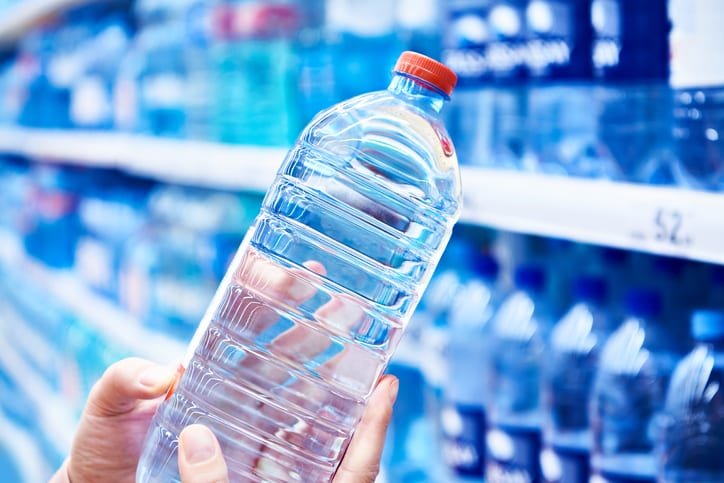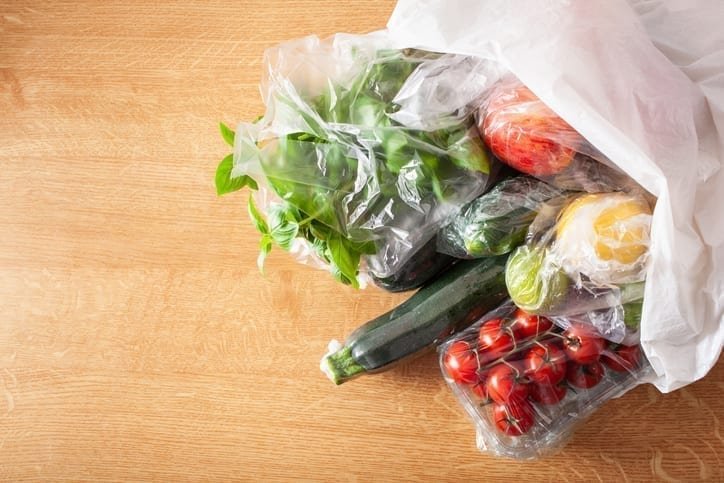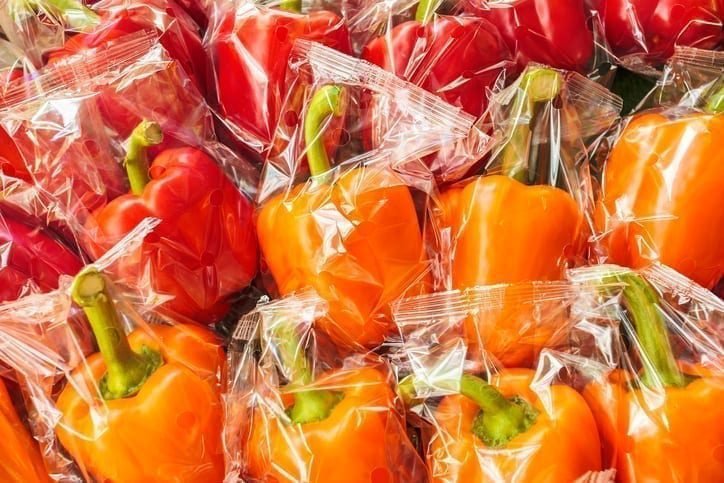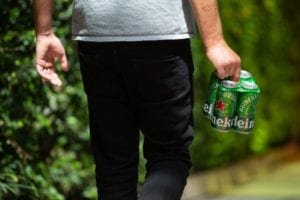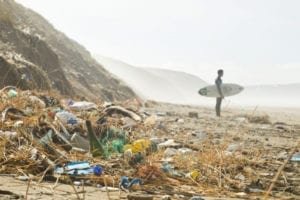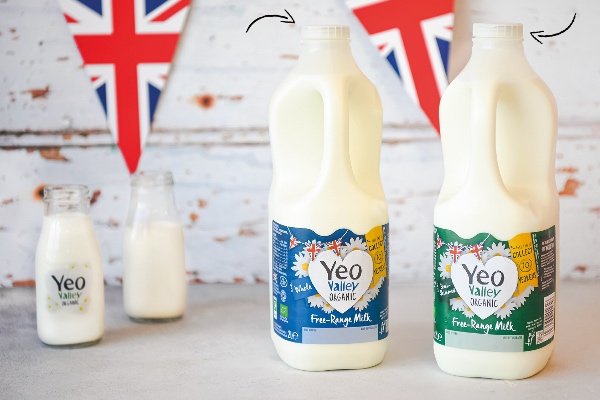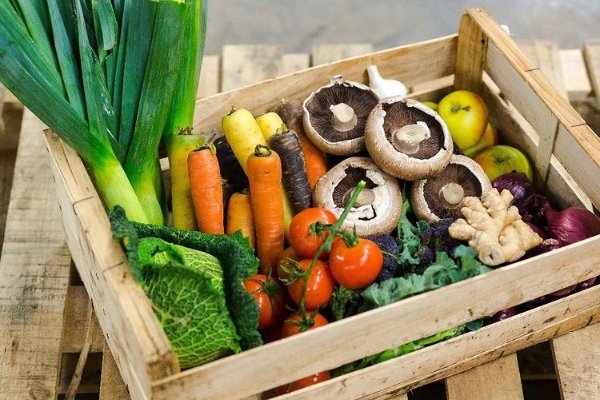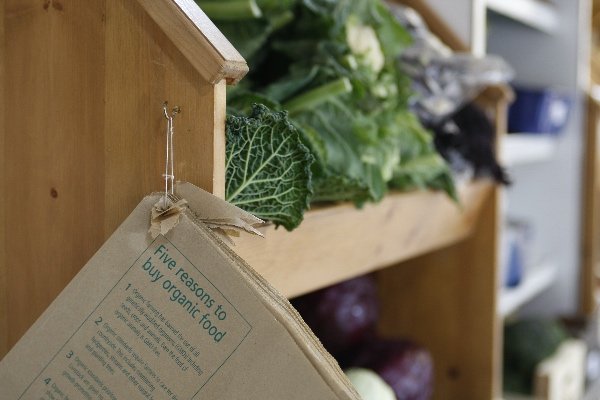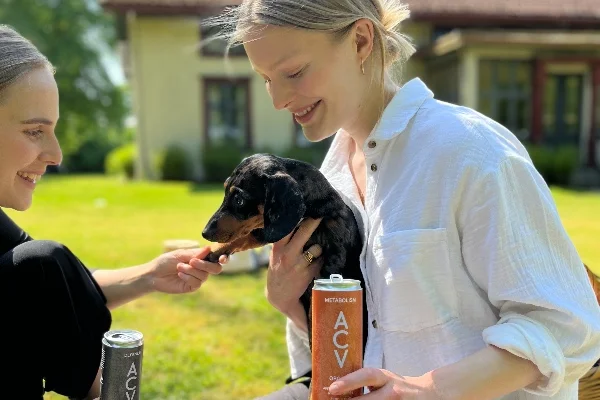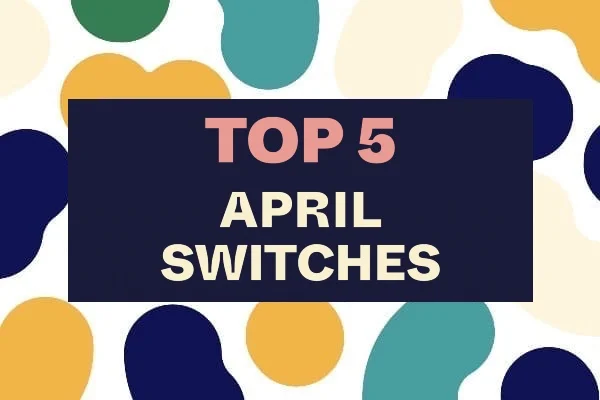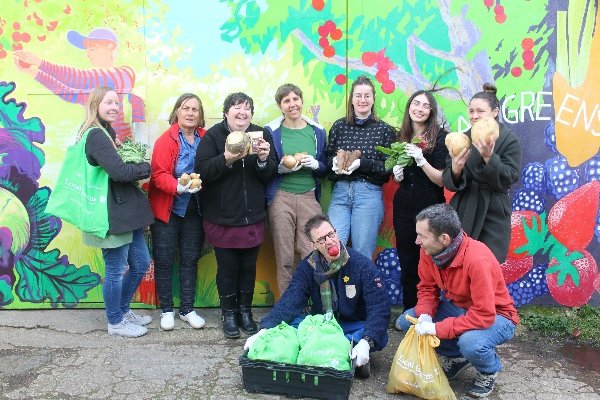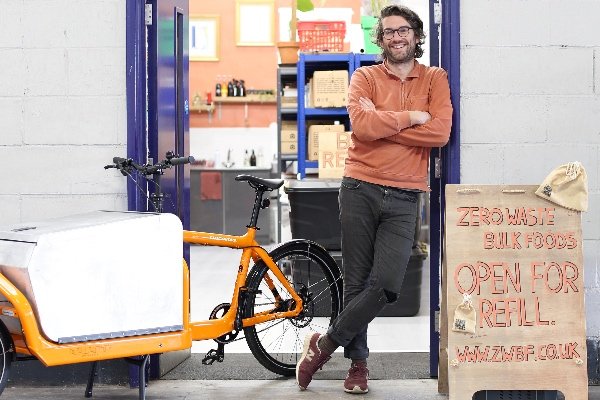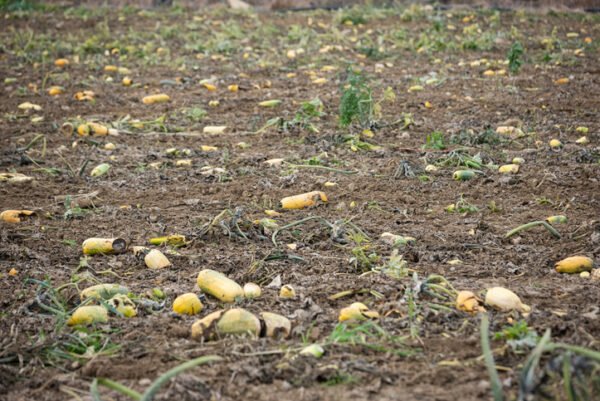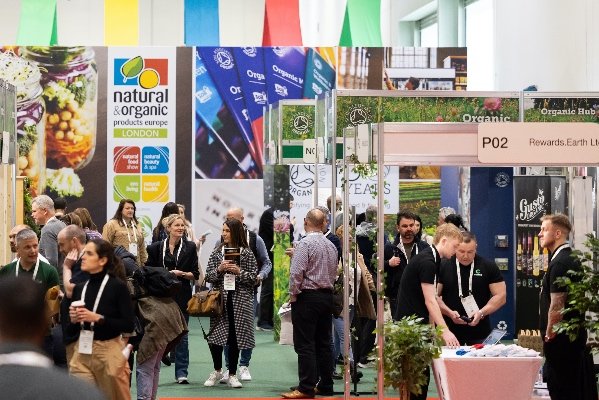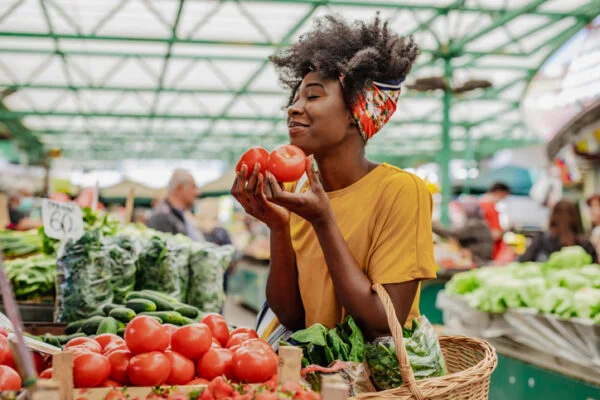Supermarkets could make big cuts to the amount of plastic waste they produce by zeroing in on just a few ‘problem products’ responsible for a big chunk of their plastic footprint, a groundbreaking new report has found.
The report from Greenpeace models how UK supermarkets could make significant reductions to the amount of plastic they produce, by focusing their attention on the packaging for 54 grocery categories.
The analysis also shows that changing the packaging for just 13 of these categories – for popular groceries like fizzy drinks, fruit and vegetables and household detergents – supermarkets could reduce plastic by approximately 35%, remove 45 billion pieces of supermarket plastic and remove more than 300,000 tonnes of plastic.
This is the equivalent weight of more than 7,000 supermarket delivery lorries, that if lined up nose to tail could lead from Birmingham to Manchester.
The report, Unpacked: How supermarkets can cut plastic packaging in half by 2025, shares brand new data analysis for the amount of plastic packaging our supermarkets are producing each year, based on 2019 supermarket figures.
It features new calculations for the estimated weight, sales units and number of components (pieces) of plastic in our collective grocery shopping.
The numbers are representative of the entire UK supermarket sector, which has never been done before.
Spotlight on supermarket plastic
Previous research has not detailed the number of plastic components, such as the individual lids, labels and films, and previous studies have not examined the plastic in terms of product categories, like bottled water, fizzy drinks, household detergents and vegetables.
Greenpeace’s report provides the most up-to-date calculations of how much plastic packaging our supermarkets are using, and also explains a model for how all UK supermarkets could cut their plastic packaging by 50% by 2025.
Importantly, the report provides a unique sector-wide view for the first time. By identifying the ‘hotspot’ product categories which the new data sets suggest put the most single-use plastic onto the market, the report points out the product categories that have the highest potential for plastic reduction.
‘Most of us are aware that we have far too much single-use plastic in our lives, and from the response to our War on Plastic shows on BBC1, I believe most of us want much less, and are prepared to do something about it. But we need much more help from the big retailers to achieve this. Our supermarkets sold us 114 billion pieces of throwaway plastic packaging last year. That’s so much, it’s almost impossible to visualise. But I can tell you, it wouldn’t all fit in Wembley stadium.
‘Most of the supermarkets are making plastic reduction pledges of one sort or another, and some of them, like Waitrose and M&S, are trialling refill and reuse solutions in store. As you’ll see in our War on Plastics show on BBC1 on Tuesday, Tesco is launching a scheme to include refillable, reusable containers for online deliveries. Some of this is encouraging, and some of it is, frankly, tokenistic window-dressing. But none of it is happening fast enough for a problem that’s so urgent for our environment.
‘Greenpeace has worked out how supermarkets could halve their plastic packaging in just five years. That’s a brilliant target, and there’s no doubt the supermarkets could hit it if they really wanted to. We need to make them want to – by supporting every plastic reduction initiative and avoiding throwaway plastic where possible. Leave over-packaged plastic covered produce on the shelves, buy unpackaged produce whenever you see it, and switch to the shops and supermarkets who are making real changes that help you to shop with less plastic. We need to get the supermarkets competing to reduce plastic – by letting them know our continued custom depends on it.’
HUGH FEARNLEY-WHITTINGSTALL
Chef, food writer and presenter of War on Plastic
‘Supermarkets can do it’
The report recommends that supermarkets reduce plastic packaging across 54 product categories, but reveals that enormous cuts can be made to their plastic footprints by focusing on just the 13 categories with the highest potential for reduction.
Greenpeace has selected these 13 categories in particular because they generally score highly in all three metrics: weight, sales units and the number of components.
If reductions are made across these 13 categories alone, UK supermarkets could reduce their plastic output by approximately 35% or just over a third (approximately 70% of the way to the target of 50% by 2025).
Greenpeace proposes that retailers prioritise these categories first, in order to make far-reaching reductions in single-use plastic as quickly as possible.
 Play Video about This Rock Might Just Save The World
Play Video about This Rock Might Just Save The World Play Video about Play 2 hours of rock
Play Video about Play 2 hours of rock Play Video about Play 2 hours of brook
Play Video about Play 2 hours of brook Play Video about Play 2 hours of sheep
Play Video about Play 2 hours of sheep

















